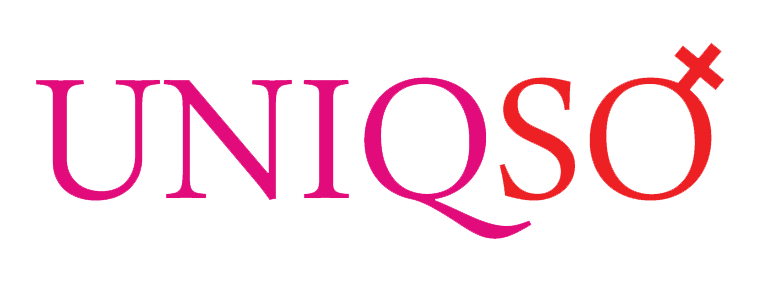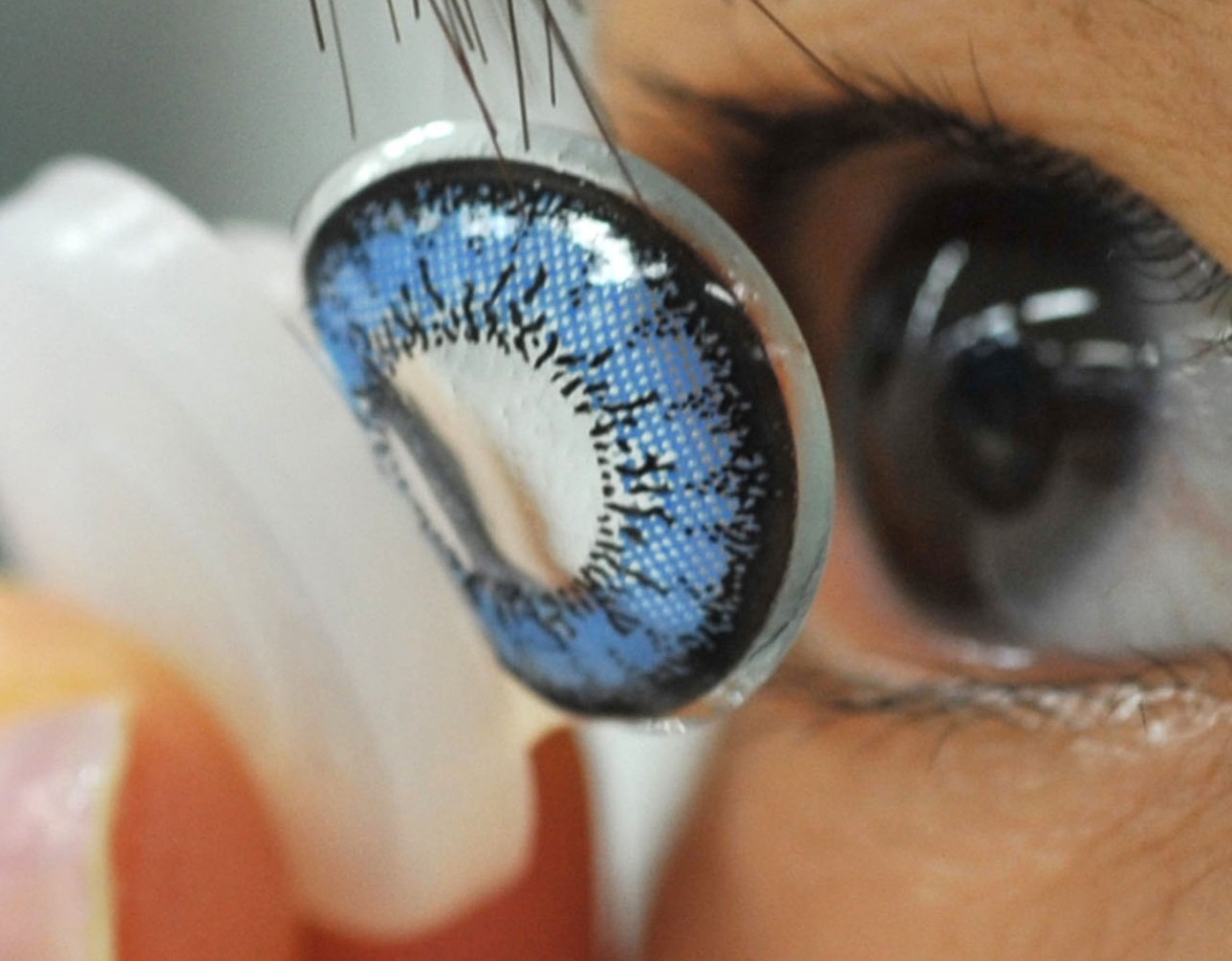Here, we examine how to read your contact lens prescription the right way. It goes without saying that not using your contact lenses the right way can cause an array of issues, and it’s also essential to understand what your contact lens prescription really means. Here is how to read contact lens prescriptions and get it right the first time.
Table of contents
Estimated reading time: 7 minutes

Do I Need Contact Lens Prescription?
First and foremost, you should recognize that you will need a prescription for your new contact lenses. There are some countries where this isn’t the case. However, for the most part, you will require a prescription for contact lenses of any kind. In many cases, you will even need a prescription for colored contact lenses, which may be used for aesthetic purposes only.
Before you purchase contact lenses, make sure that you discuss contact lenses with an eye doctor. The eye doctor will perform an eye test to determine your prescription. You will also need to have a lens fitting to ensure your new lenses are suited to your eyes.
Glasses vs Contact Lens
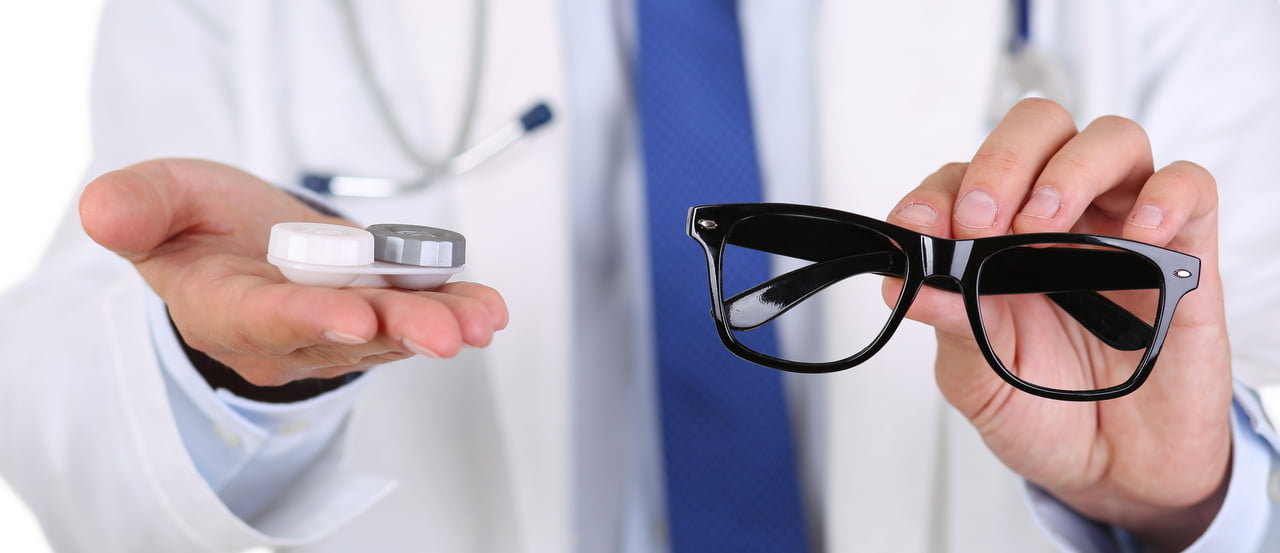
One of the most important things to consider about reading a contact lens prescription is that it is much different from a glasses prescription. This is particularly important for those who may already have a prescription for their glasses and believe that they can use that same prescription for contact lenses. This is not the case.
Prescriptions for glasses use completely different metrics from contact lens prescriptions. Glasses have measurements that are based on the concave or convex curve of the lens as it sits in the frame, while contact lens prescriptions will contain a base curve, diameter, or contact lens name/manufacturer.
This shouldn’t come as much of a surprise, as contacts sit directly on the eyes, and our eyes are usually about 12 mm from the glasses. Even though both glasses prescriptions and contact lens prescriptions are designed to correct/improve vision, their prescriptions are not the same. Thus we can’t compare by their prescription specs alone.
Read more: Prescription Contact Lenses: Difference between an Eye Test and Eye Exam
How to Read Contact Lens Prescription
There are many different aspects to a contact lens prescription, and you will usually see the following:
Most Common Specs
Time needed: 5 minutes
What are those name in my prescription?
- Diameter

This number simply refers to the diameter of the contact lens, which is the measurement from one edge to another edge of the contact lens. It is measured in millimeters, and the diameter usually falls somewhere around 13-15 mm. - Power/Sphere/ Diopter
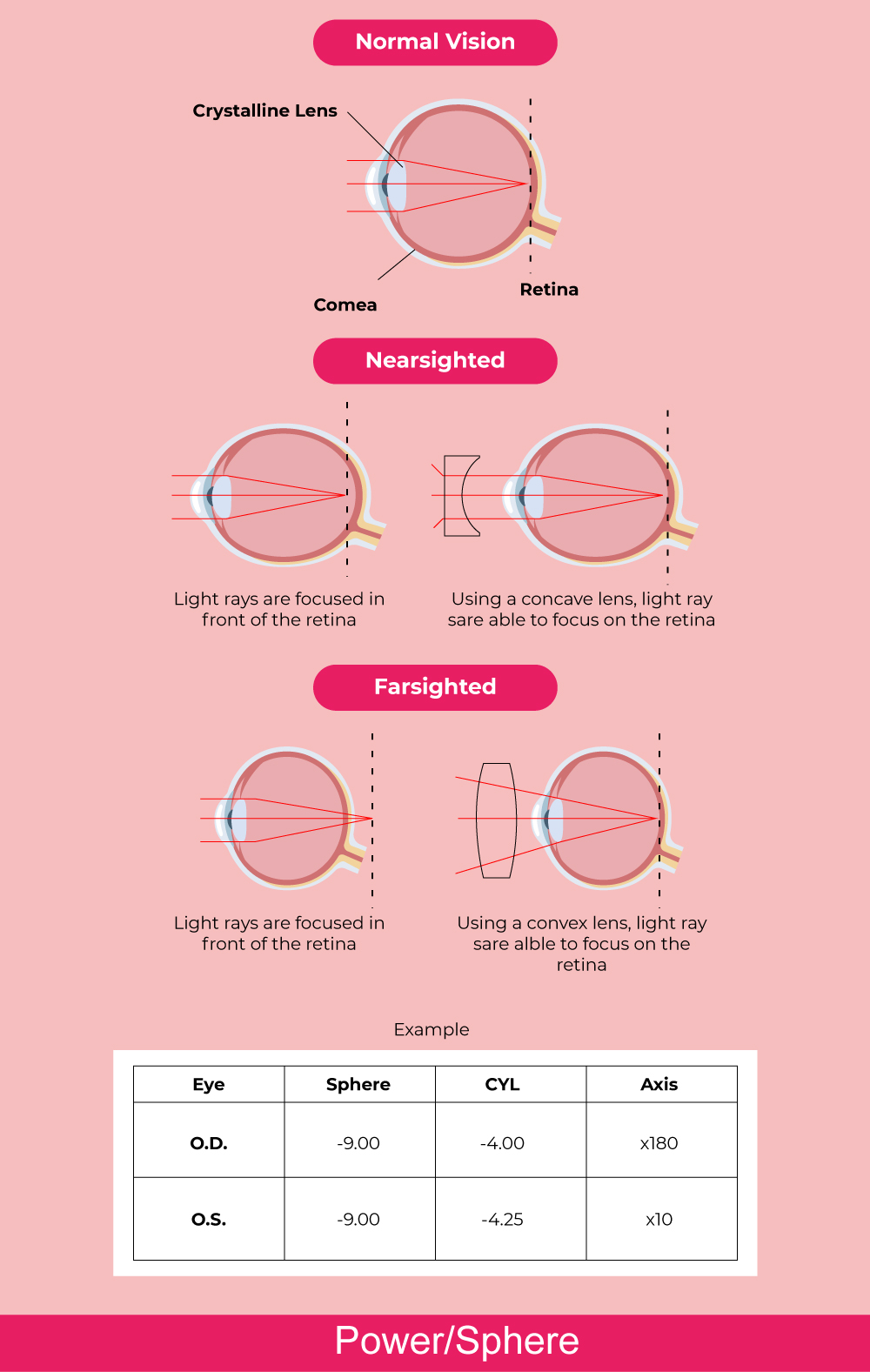
This figure refers to those who are either nearsighted or farsighted and require contact lenses. If you are nearsighted, then your figure will begin with a plus sign. If you are farsighted, then your figure will begin with a negative sign.
This value is the power of the lens needed to correct vision, whether you are nearsighted or farsighted. The higher the number, the stronger the visual correction is needed. The power/sphere is also included in the glasses prescription. - Base Curve
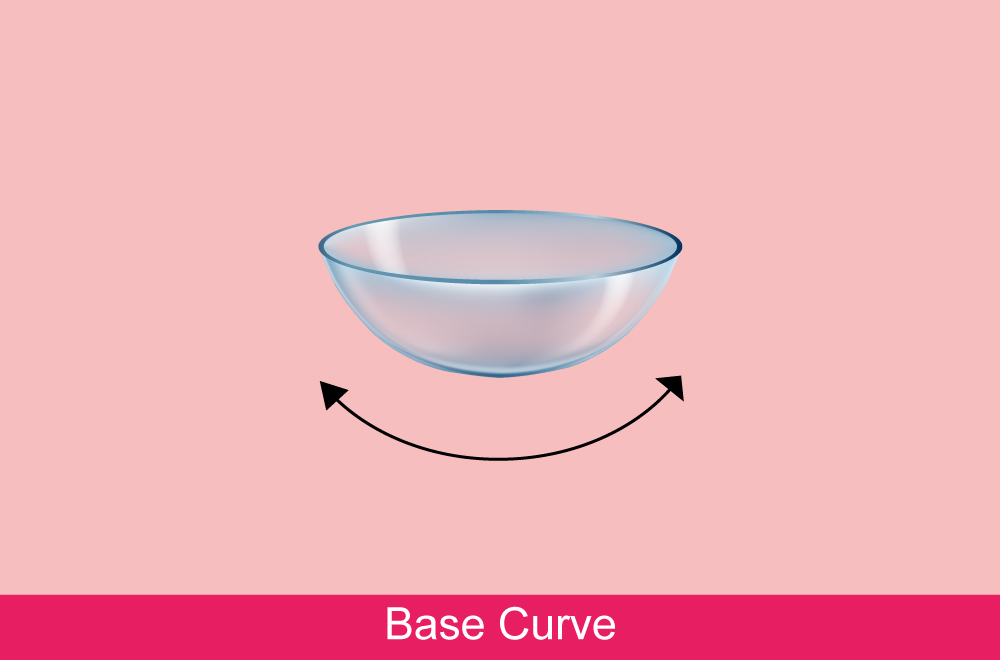
The base curve is usually a number between 8 and 10, but there is a chance that you will not see a base curve number if your brand only comes in one base curve number. The base curve, or BC, is a measure of the actual curvature of the contact lens.
The higher the base curve number, the flatter the contact lens will be. Some corneas are “steeper” or “flatter” than others, and your BC number will depend on your cornea shape.
Read More: Base Curve: Get the Right Size of Circle Lenses? - Axis
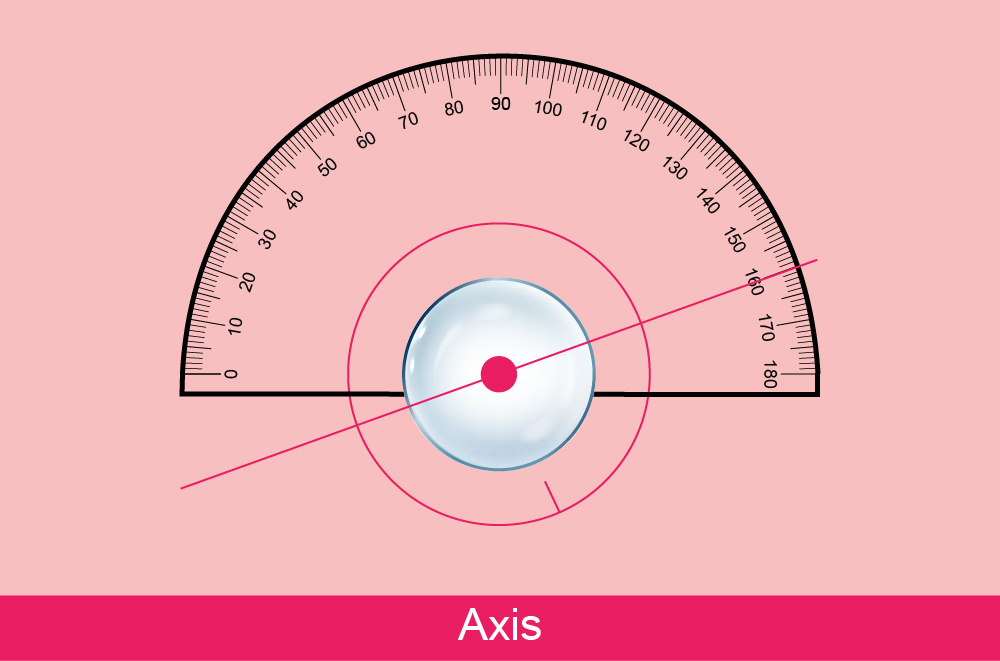
The axis may be abbreviated as AX. The AX is particularly relevant for those who suffer from astigmatism, which means that they suffer from an irregular curvature of the eye. The axis of the contact lenses refers to the angle of the correction that is needed to see clearly. - CYL

This is also included for those who suffer from astigmatism. CYL refers to extra visual requirements needed for astigmatism. The cylinder will always be a negative number and measured in increments of .25. - Expiration Date
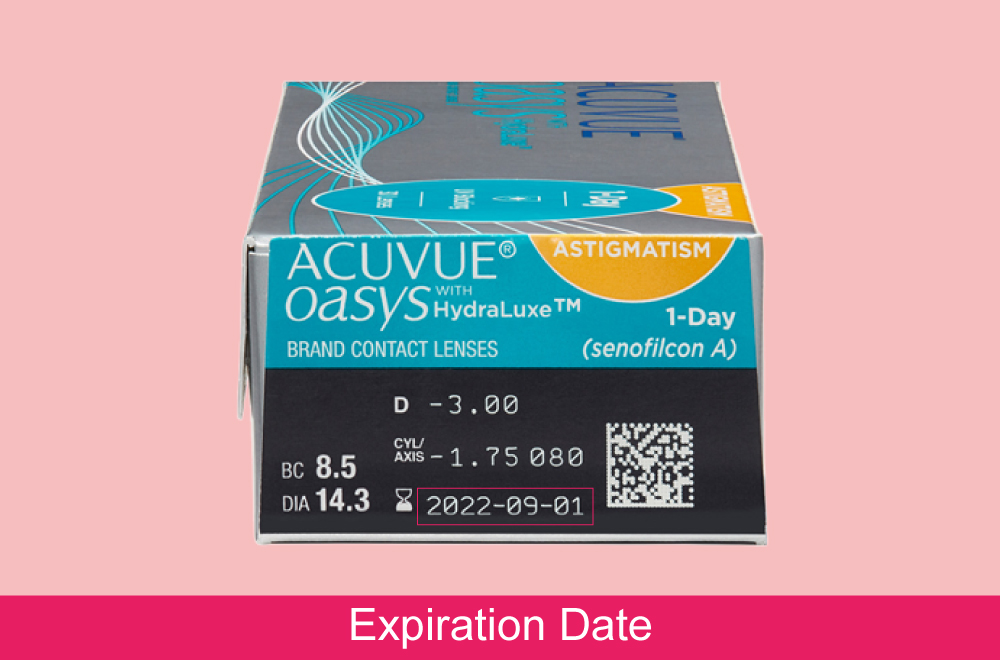
Your contact lens prescription will also have an expiration date, which will help give you an idea of when they should be worn. This is also included in the glasses prescription.
Other Specs
- Brand/Manufacturer
- This is pretty straightforward – your prescription will likely include the brand/manufacturer of contact lenses.
- Color
- There are some situations where individuals might order a specific “tint” for contact lenses. Here, it describes the color of that tint.
- Dominant
- This is relevant to those who require multifocal lenses or bifocal lenses. The dominant eye is denoted with a “D”, while the non-dominant eye is denoted with an “N.”
- ADD
- This number is required for bifocal contact lenses, and it describes the degree of magnification to certain portions of the contact lens. It is measured in diopters.
Conclusion
One of the most important things to remember about eye care is to consult with an eye doctor to get the right contact lenses prescription, and to remember they are not the same as glasses prescriptions. There are some situations where you will have to read more into the contact lens prescriptions if you have specific eye conditions such as astigmatism. If you are unclear about your contact lenses prescription, make sure to ask your eye doctor for more information or clarification.
You should also make sure that your contact lens prescription is good for at least one year, which is usually the case. If you find that your contact lenses are becoming uncomfortable or not fitting properly, you should consult with an eye doctor as soon as possible. It’s also important to remember that you will not be able to purchase contact lenses once your prescription expires.
And now you can renew your prescription online (for US buyers only) with UNIQSO, it’s hassle-free and for as low as $25, try now!
Read More:
